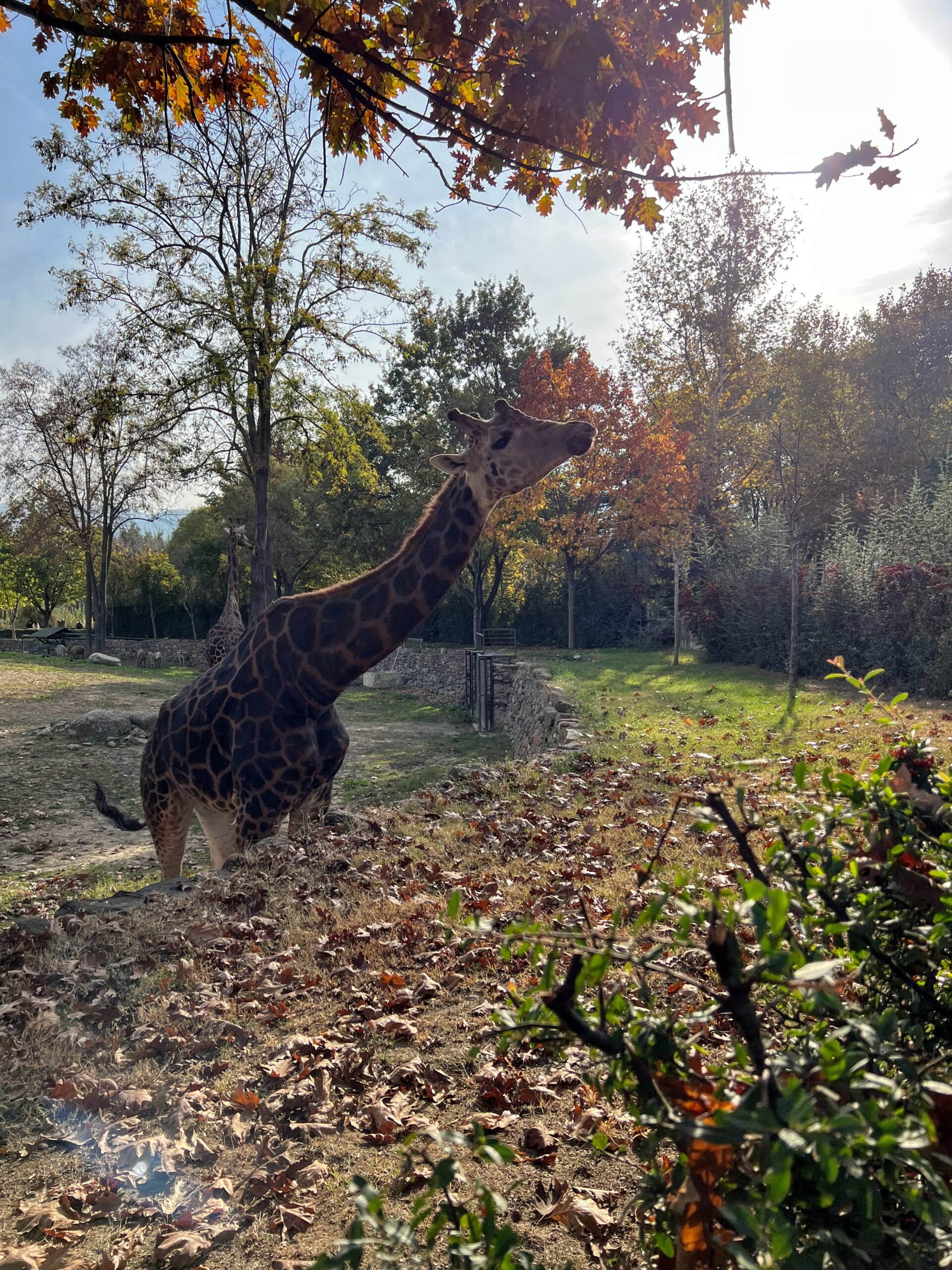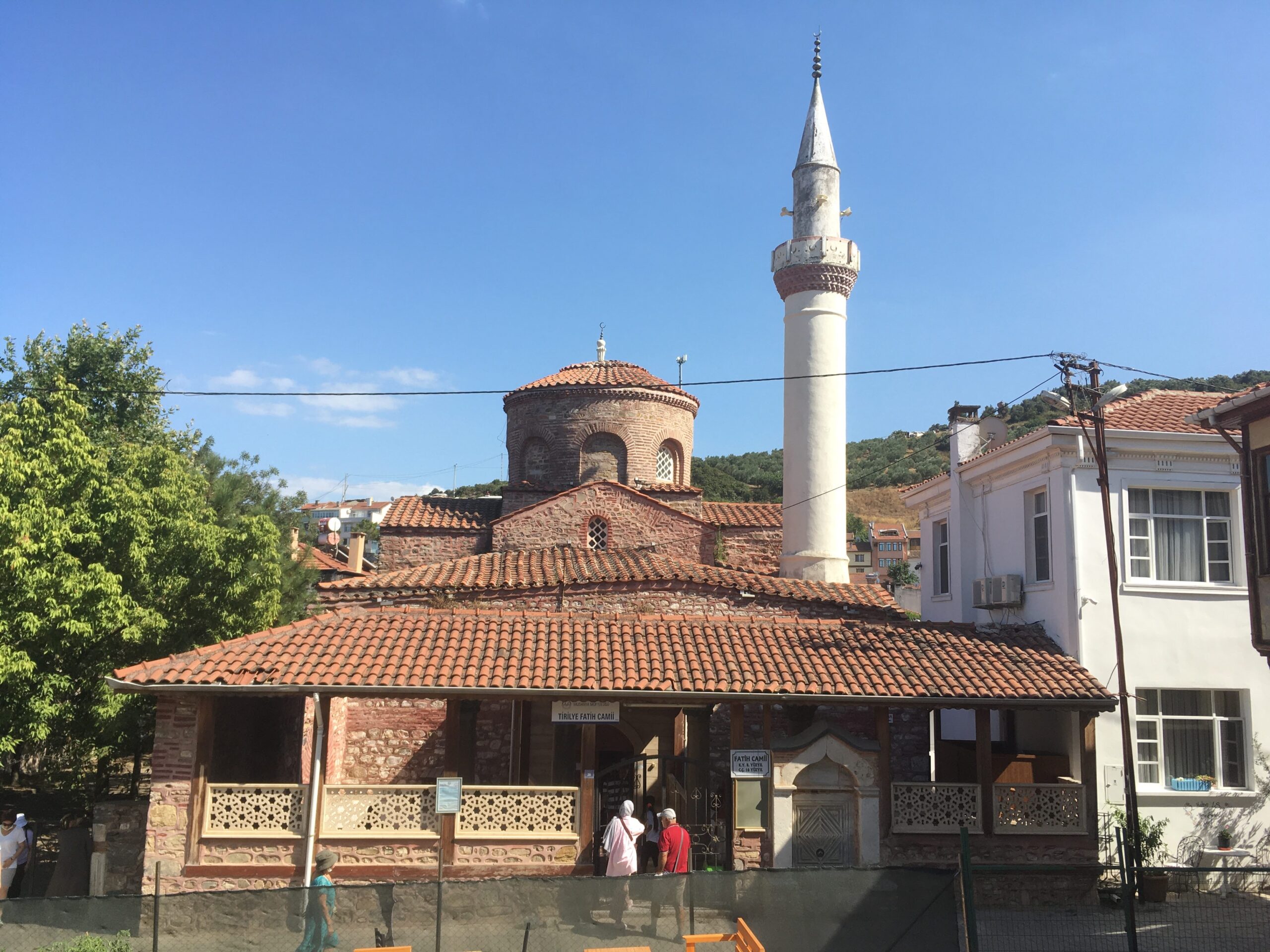Disclosure: This article may contain affiliate links, which means I may earn a small commission at no extra cost to you. Thank you for helping me keep this blog going! 💛
Welcome to the best of Bursa! Bursa is located a couple of hours from Istanbul and is known for its rich history, greenery, and cultural heritage. From Ottoman mosques to nature spots, there is no shortage of attractions to explore in this vibrant city.
Whether you’re a history buff, a foodie, a family like ours, or simply looking for an escape from the hustle and bustle of Istanbul, then Bursa has something for everyone. In this post, I will introduce you to 10 sites in Bursa that you won’t want to miss. So sit back, relax, and get ready to discover the best that Bursa offers!
The Panorama 1326 Bursa Conquest Museum
My first recommendation is the Panorama Museum, which is also the first stop I make with my guests. The museum’s ground-floor gallery is free and boasts an impressive series of paintings that educate visitors about the early Ottoman rulers. This serves as a great introduction to the city’s top attractions without being overwhelming.
When you go up to the next floor, you have the option of purchasing tickets to the Panorama Hall. This remarkable exhibit reconstructs the 14th-century Ottoman conquest of Bursa, with the main attraction being a mesmerising 360-degree painting that immerses us in the middle of the action.
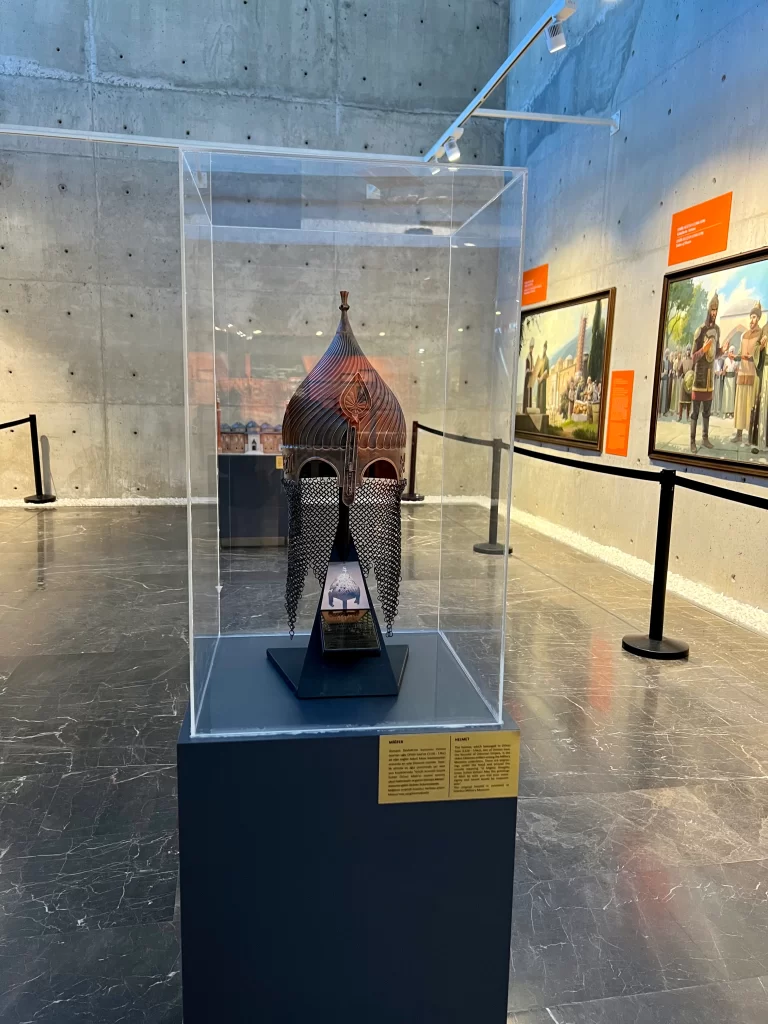

As you descend, you’ll immediately notice an exhibit featuring costumes and accessories worn by the main characters of the famous Turkish drama “Diriliş: Ertuğrul”, alongside informative displays on Ottoman clothing. Additionally, the museum has two cafes, a gift shop, an outdoor park, and ample parking spaces to accommodate visitors.
Please note that museums in Bursa are closed on Monday.
Tophane Park
This site is a must-see for those interested in Ottoman history. It houses the tombs of the Ottoman Empire founder, Osmangazi and his son, Orhangazi, as well as the iconic clock tower and an original cable car from Telerik.
Furthermore, fans of the Turkish drama “Kuruluş: Osman” will not want to miss this site. Osmangazi’s tomb has been constructed on the grounds of the former St. Elias monastery, as per his request to his son Orhangazi.
The tomb is guarded by the national gendarmerie, who are dressed as Alps, with a guard change occurring every hour until 5 pm. It’s an experience not to be missed for any fans keen on Ottoman history and culture, as you will tell by the crowd!
Directly across from Osmangazi’s tomb lies the resting place of his son, Orhangazi, who conquered Bursa. This tomb stands where the St. Elias church once stood, and if you look closely at the floor, remnants of the church’s Byzantine mosaic can still be seen.
Next, head over to the square, where the iconic clock tower stands. Here, visitors can snap a photo with the famous “Bursa” sign and soak in breathtaking views of Bursa and Ulu Camii, or relax at one of the cosy cafés with a cup of tea.
Just outside the park’s entrance, the old city gate and wall can be observed across the way. From this gate, visitors can enjoy stunning views of the Grand Mosque of Bursa, which is the next stop.
Don’t miss out on the roasted chestnuts sold at the park entrance in winter.

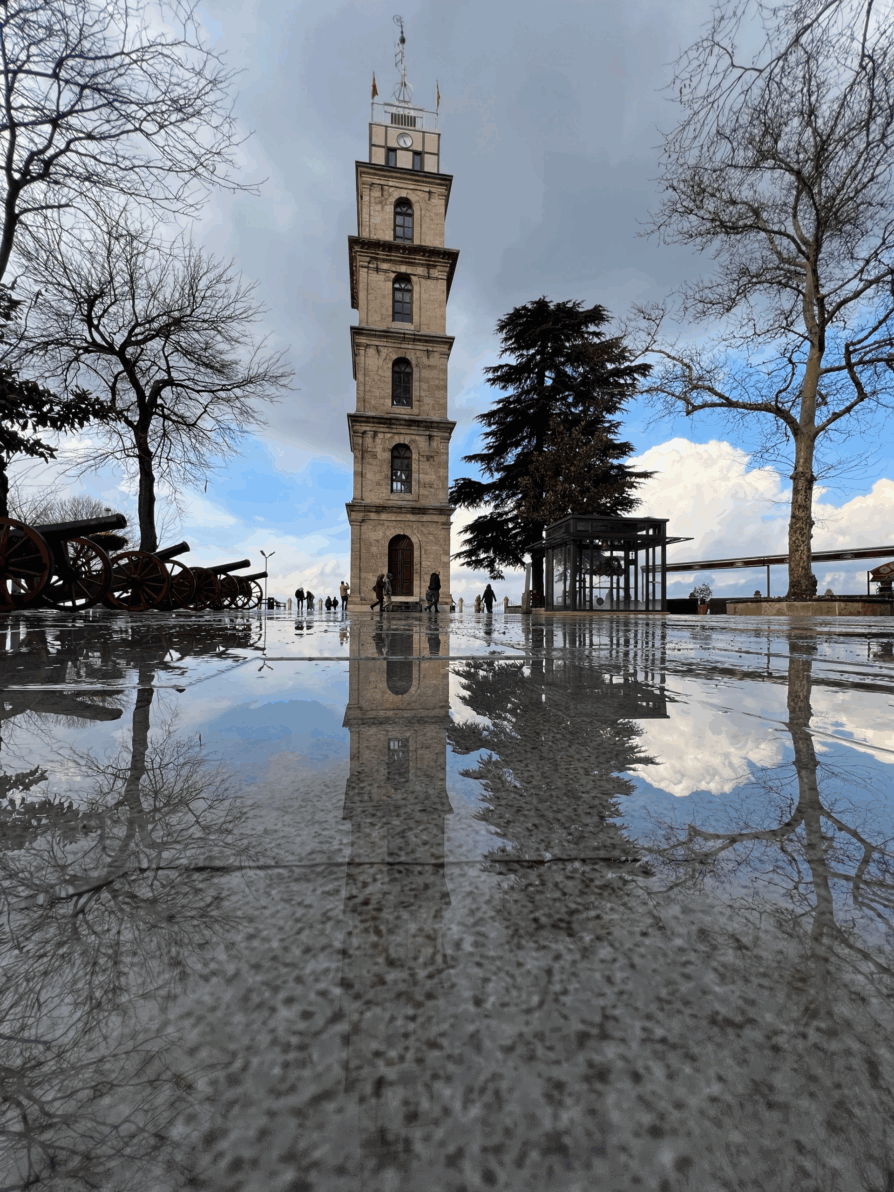
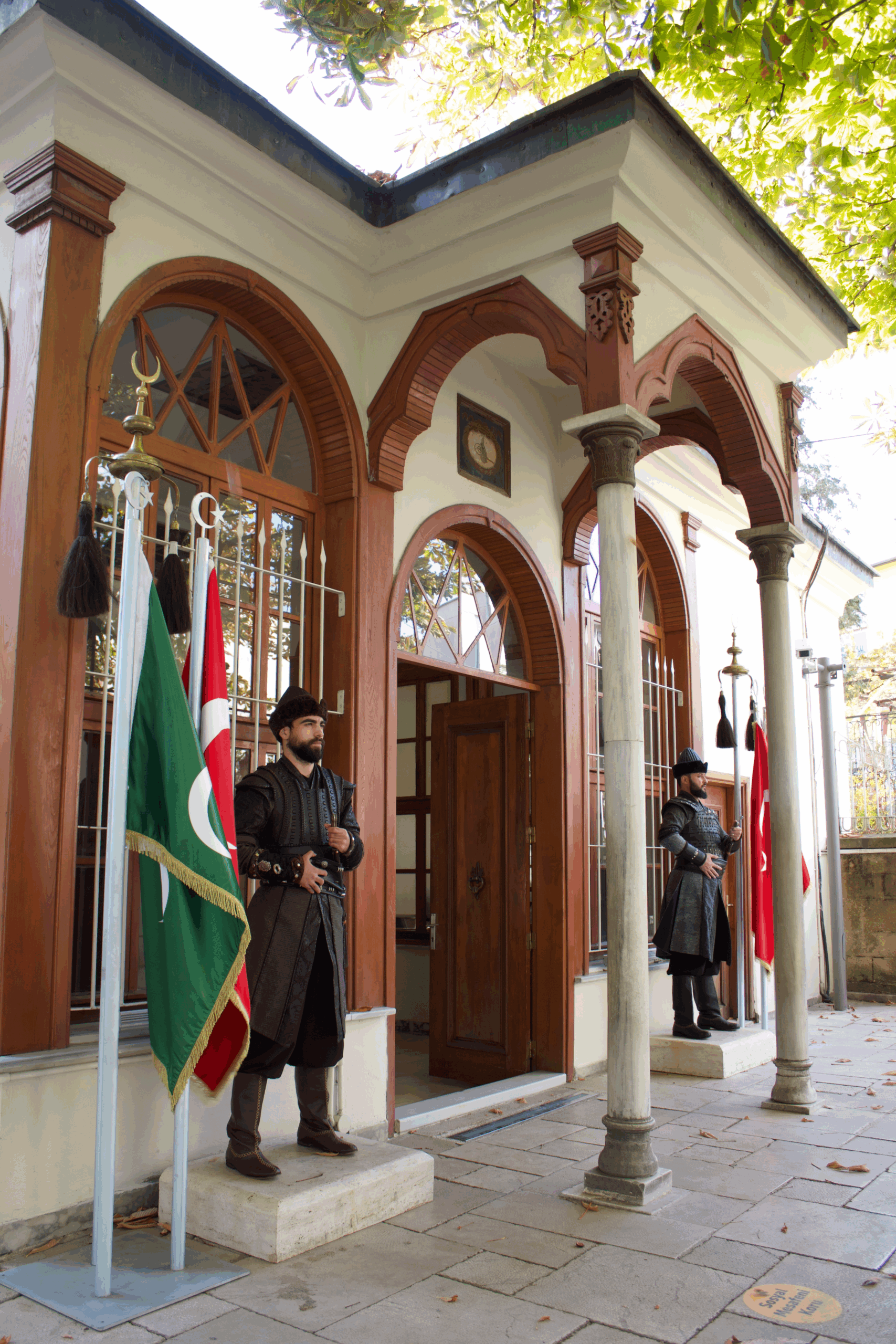
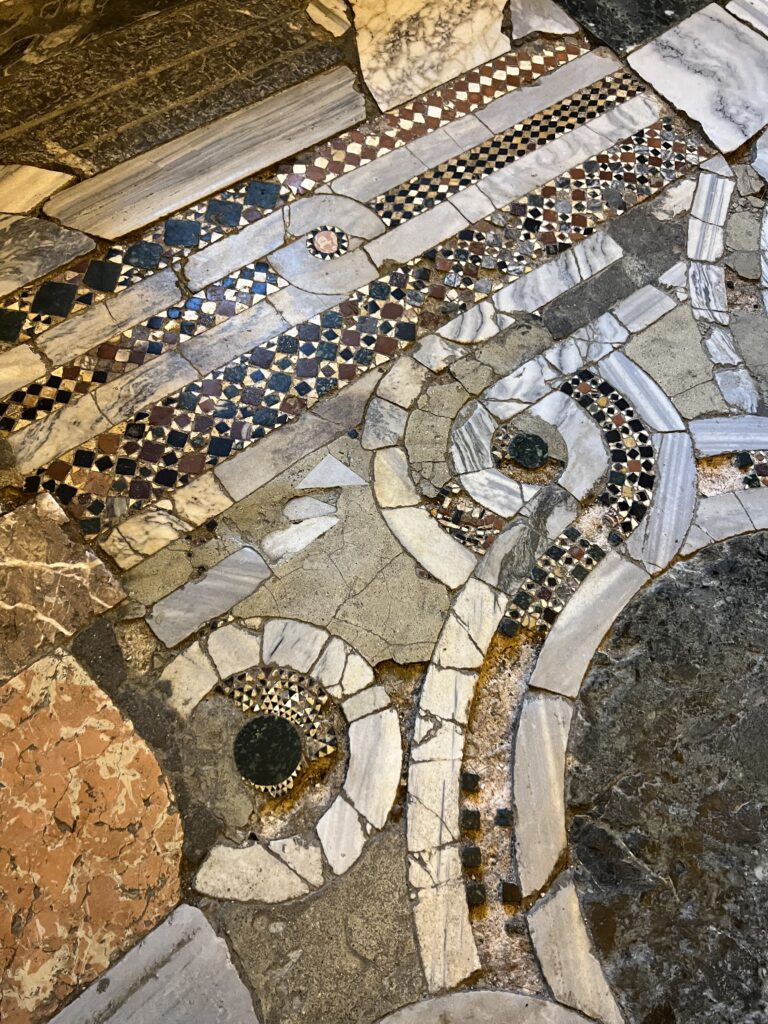
The Grand Mosque of Bursa
History of the Grand Mosque of Bursa
Yildirim Bayezid I, the 4th Ottoman ruler, promised that he would build 20 mosques if he won the battle of Nicopolis, and he did win. However, his son-in-law Emir Sultan proposed the idea of constructing one mosque with 20 domes instead.
Thus, the magnificent Great Mosque, or Ulu Camii, pronounced: “Jami” (an important detail if you want the taxi driver to take you to the right place), was erected between 1396 and 1399 under the supervision of the architect Ali Neccar. To this day, Ulu Camii remains one of the most prominent and impressive sites in Bursa.
Architecture Highlights
Ulu Camii is a remarkable testament to early Ottoman architecture, drawing inspiration from Seljuk architectural styles. The mosque boasts an impressive rectangular design spanning 2215 square meters, embellished with two minarets and 20 domes.
Unlike later Ottoman architecture, such as the Blue Mosque, Ulu Camii lacks a central dome. The mosque features three entrances, located on the west, east, and north sides. The latter is the main entrance and the most awe-inspiring, with a stunning marble finish.
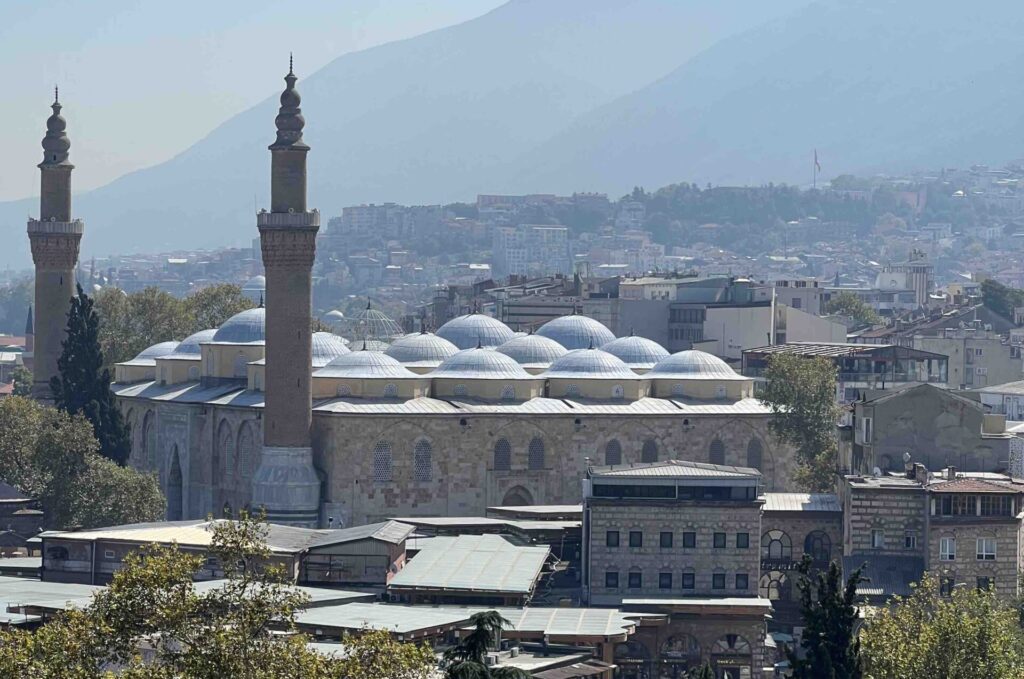
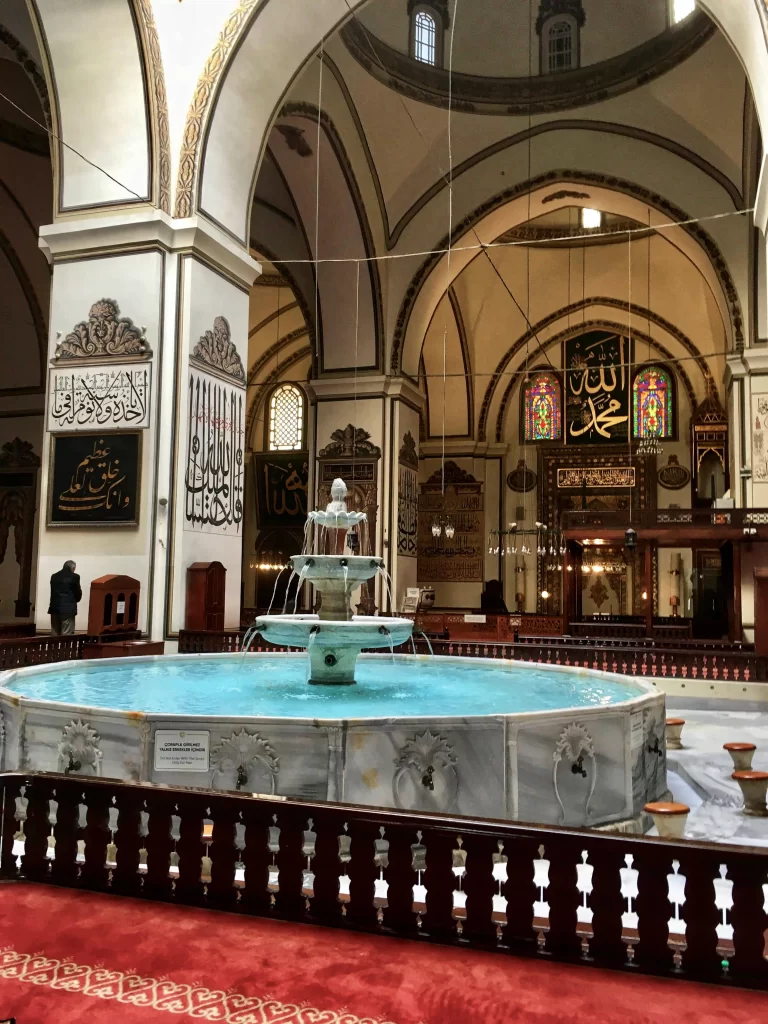
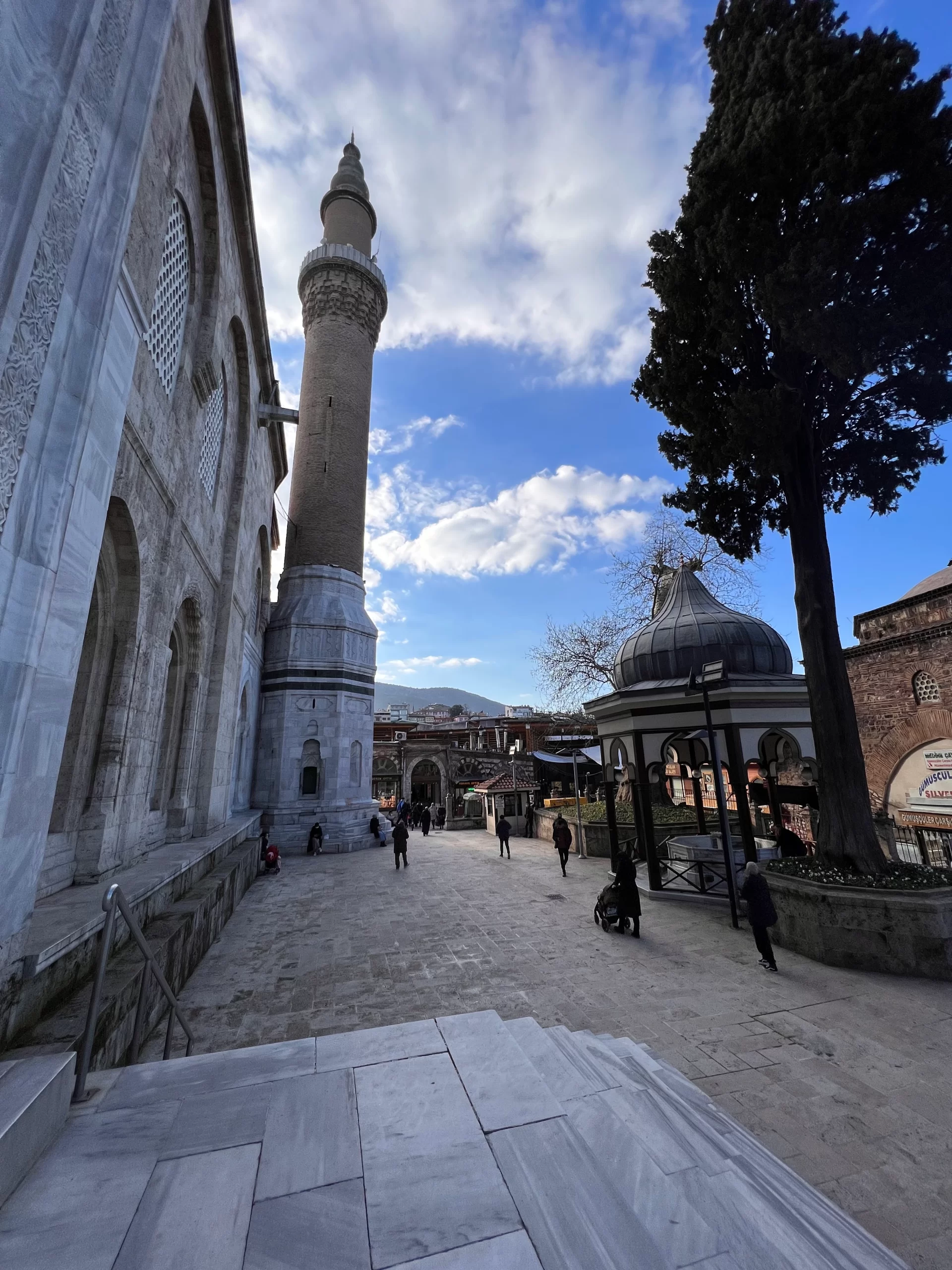
Inside the mosque, you can admire the striking Şadırvan, a central fountain below a glass dome allowing natural light to illuminate the space. The mosque’s walls are adorned with a staggering 192 pieces of calligraphy, adding to its grandeur and beauty.
Take particular note of the minbar or pulpit, which serves as a prime example of the evolution from Seljuk to the Ottoman style. Made from 6,666 pieces of walnut wood, it is assembled without nails. It is also decorated with intricate geometric and arabesque patterns. The minbar is truly a masterpiece. One side of the minbar features an accurate depiction of the solar system, adding an astronomical aspect to the already impressive piece.
Tips for visiting Bursa Ulu Cami
While exploring the mosque, note that specific areas are reserved for prayer, and visitors must dress appropriately. Long robes and scarves are available at the entrance if needed.
As visitors exit through the eastern door, they’ll come across a basin, with the entrance to Koza Han located to its left.
Koza Han
Koza Han is a renowned historical silk bazaar. It was commissioned by Sultan Bayezid II and finished in 1491 to fund the construction of his mosque in Istanbul.
Traditionally, a Han or caravanserai served as a hub for merchants to trade and rest along the Silk Road. Bursa boasts numerous Hans, each with its unique trade speciality. Koz Han was dedicated to silk trading, and to this day, it remains a bustling marketplace for silk goods.
Occupying almost all of the 95 rooms spread across the two-storey gallery surrounding the central courtyard, the silk shops in Koza Han are a sight to behold. In the courtyard’s centre lies a small elevated mosque, above a fountain, adding to Koza Han’s historic charm and beauty.
The market is a great place to buy souvenirs. Visitors can explore the market’s many shops and admire the beautiful textiles.
Besides, it is a very popular place for people to come and relax, sipping Turkish coffee or tea in the courtyard. You can also accompany your beverage with some delicious simit or tahinli pide from the green cart.


The Green Mosque of Bursa
The Green Mosque in Bursa is an impressive example of Islamic architecture and a testament to the city’s rich cultural heritage. It was built in the early 15th century during the Ottoman Empire. It was commissioned by Sultan Mehmed I and designed by the architect Haci Ivaz Pasha, who was a disciple of the great Ottoman architect, Sinan.
The mosque gets its name from the green and blue tiles that adorn its walls. Its unique design, intricate patterns, and stunning tilework make it a must-visit destination for anyone interested in Islamic art and architecture.
One of the most impressive features of the Green Mosque is the mihrab, which is a niche in the wall that indicates the direction of Mecca. It is decorated with elaborate tilework and calligraphy, making it a stunning sight to behold.
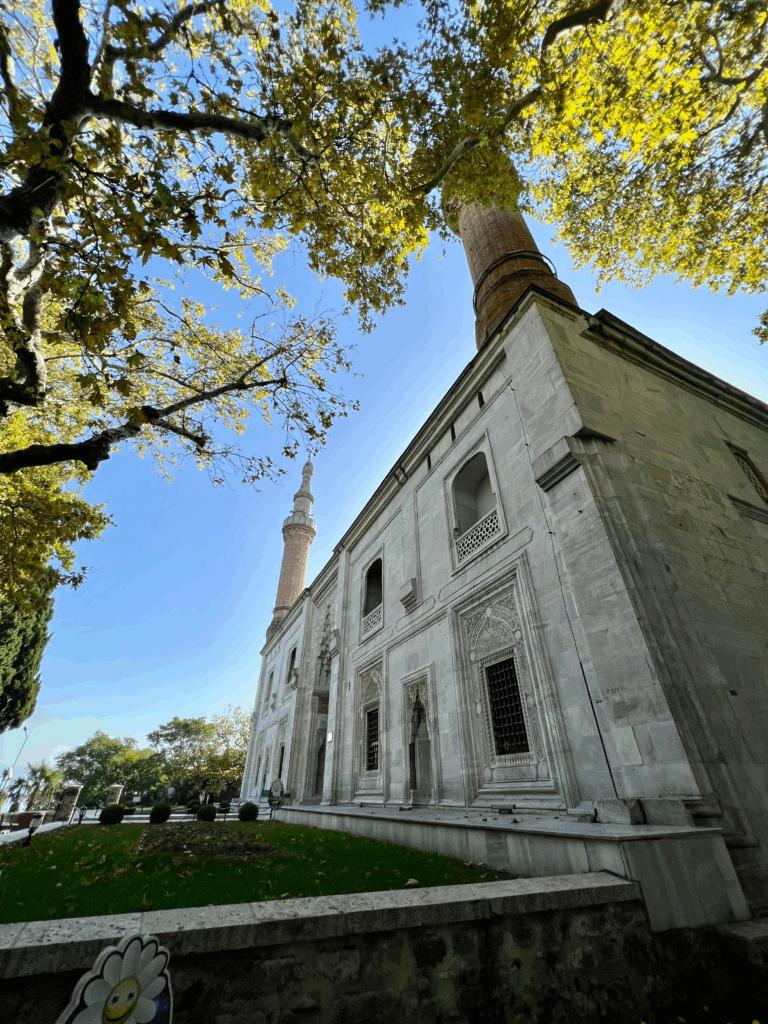

The Green Tomb of Bursa
One of its most iconic landmarks in Bursa is the Green Tomb, a mausoleum constructed in the early 15th century for the Ottoman Sultan Mehmed I. He himself commissioned the Green Mosque, located just opposite the site.
The Green Tomb exterior is covered in turquoise tiles, which gave the tomb its name. But its most notable feature is its interior, which is covered in exquisite turquoise tiles. The tiles were brought from the nearby city of Iznik, which was famous for its pottery during the Ottoman period. The sarcophagus is adorned with stunning calligraphy, and the elaborate and ornate decoration of the interior is a unique sight.
Visiting the Green Tomb is a must-do activity for anyone visiting Bursa. The site is easily accessible by public transport, and guided tours are available for those who want to learn more about its historical significance.
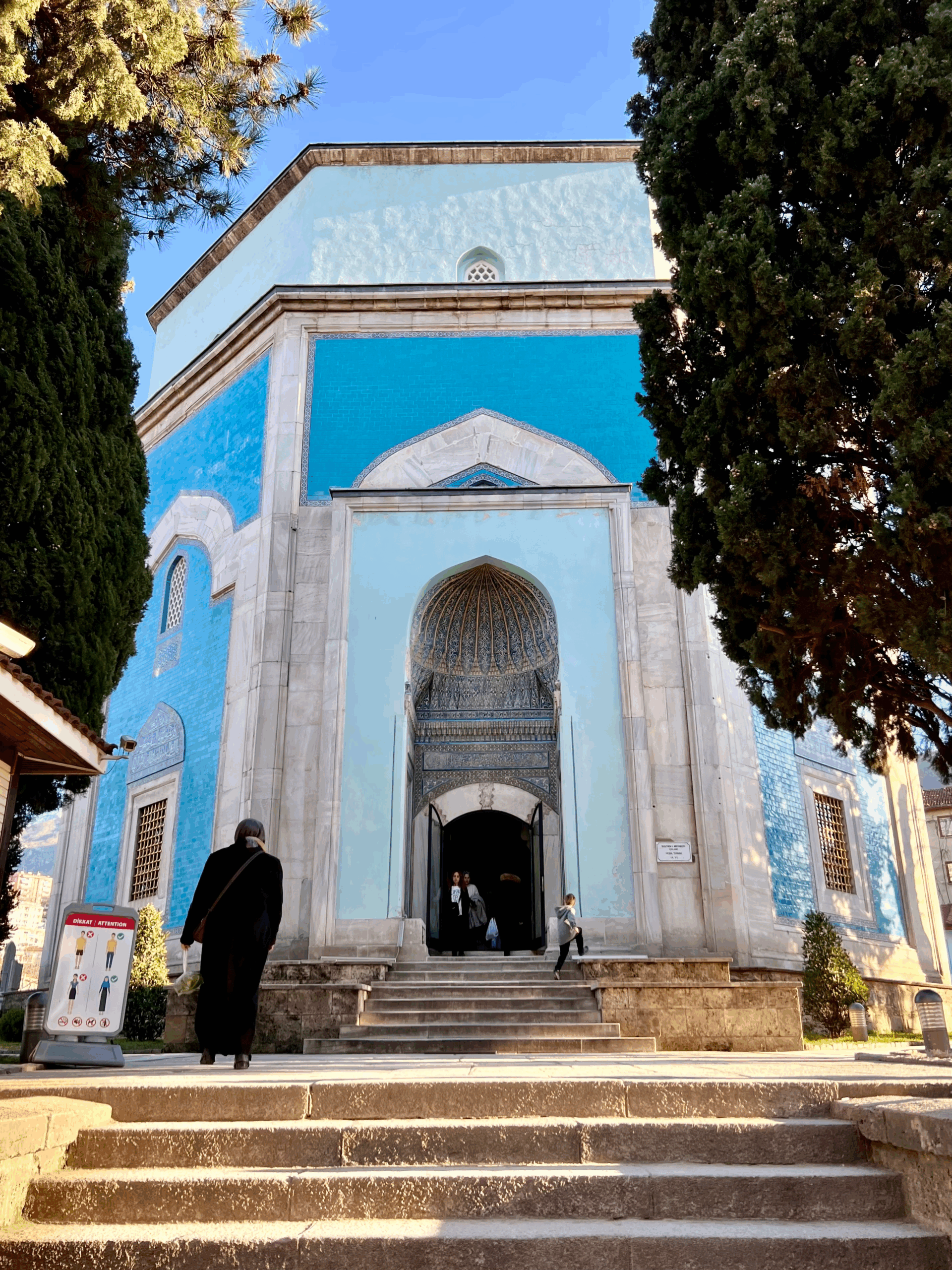
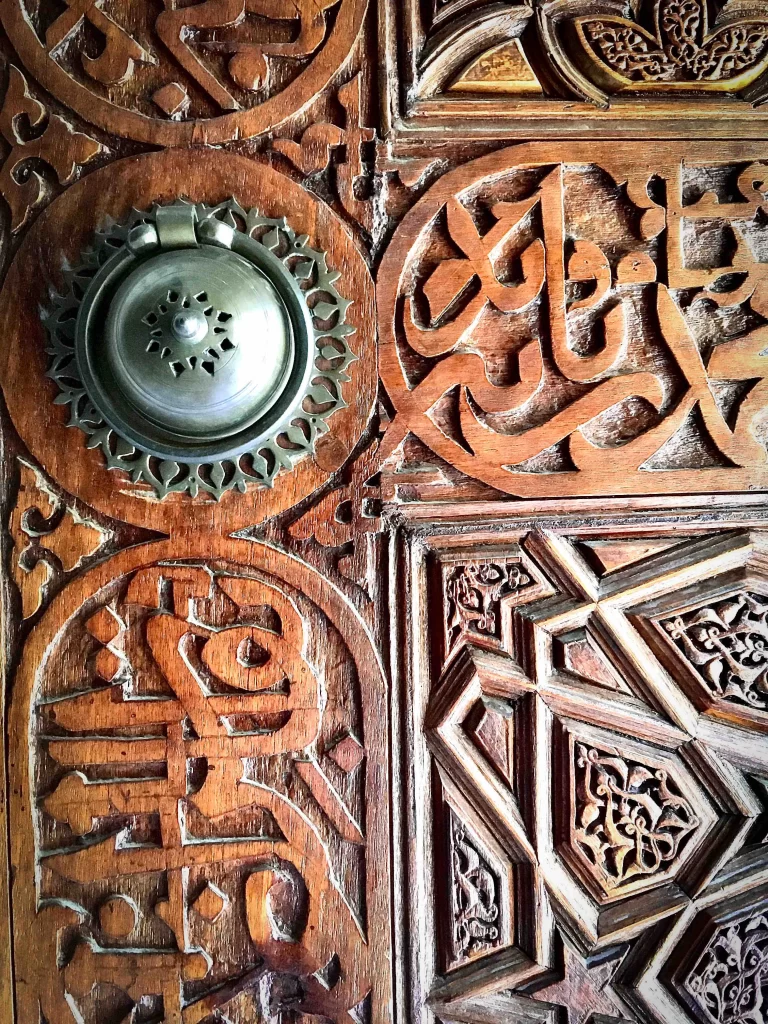

Uludağ Teleferik
If you are looking for a place to visit in Turkey that offers stunning views, then you should check out Uludağ and the cable cars (or Teleferik) in Bursa.
About Uludağ Teleferik
Uludağ, which translates to “Great Mountain” in Turkish, is a popular tourist destination all year round. With an elevation of 2,543 meters (8,343 feet), it is the highest mountain in the Marmara region. It is home to a national park that covers an area of 13,000 hectares and is filled with diverse flora and fauna, including pine, fir, beech trees, and bears.
Uludağ Teleferik Experience
One way to explore the mountain is by taking the cable cars that run from Bursa to Uludağ. As you ascend the mountain, you’ll enjoy breathtaking views of the city, the surrounding forests, and the snow-capped peaks. And on a clear day, you can see as far as the Marmara Sea. The journey takes about 25 minutes, and there are three stops along the way.
Ignore the first stop; the second stop is your first stop. It is at Sarialan, which is located at an altitude of 1,600 meters (5,249 feet). This stop is the starting point for many hiking trails. There are also several picnic areas and campgrounds, and wooden cabins where visitors can spend the night. There are restaurants and an adventure park.
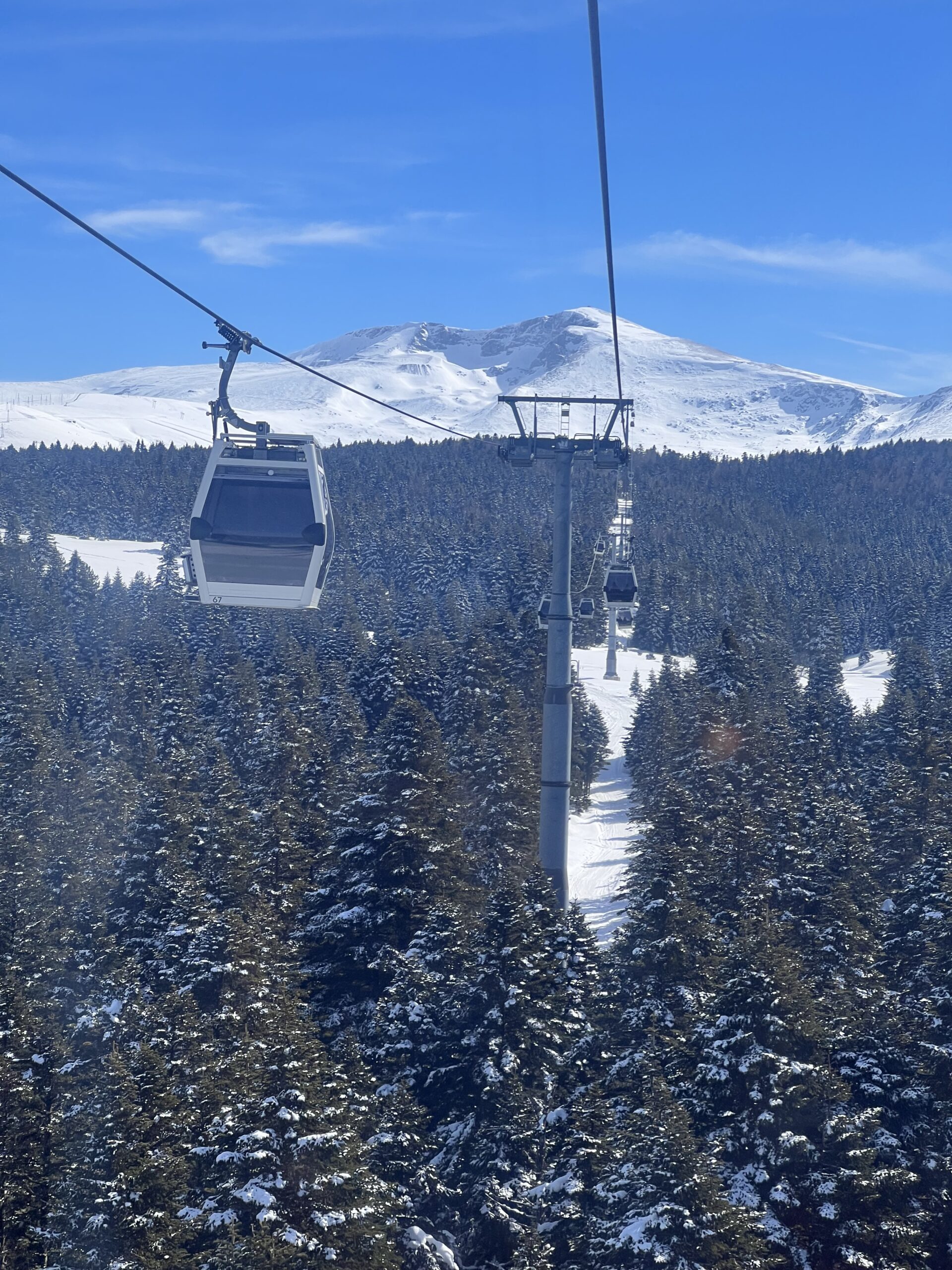

Travel Tips
As you disembark from the cable car at your last stop, you may feel inclined to grab a refreshing drink or snack. I highly recommend heading upstairs to “Burfas”, the local restaurant situated upstairs, with affordable prices.
It’s important to note that some of the other cafes on the ground floor may charge exorbitant prices. This is what my group discovered after ordering from one and receiving a hefty bill of $50 for three small bottles of water, three iced teas, and two pot noodles. This was the only instance in Bursa where we felt ripped off.
At the last stop, you will find yourself at the base of the ski resorts (which include a mosque), bustling with activity in winter. However, even in the summertime, there are several options for visitors to enjoy the stunning views and natural beauty of the area.
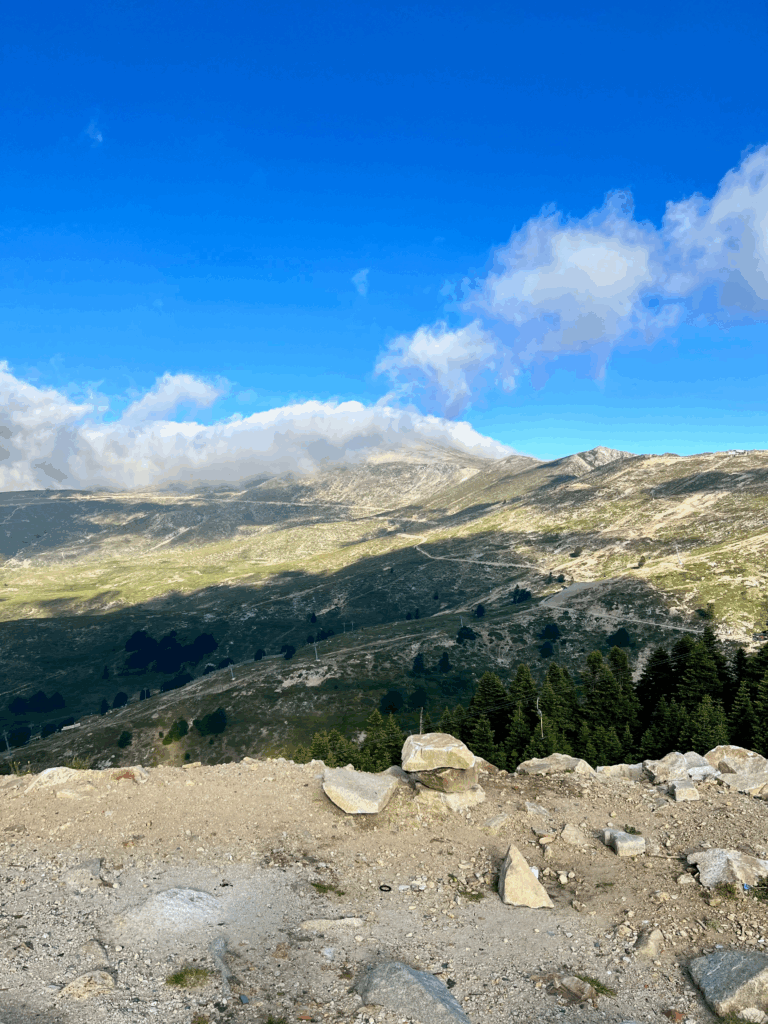

Uludağ in Summer
A couple of chair lifts operate during the summer months, taking you to higher elevations where you can enjoy cafes and panoramic views of the surrounding mountains. Alternatively, you can take a leisurely walk along the unfinished roads. It’s a relatively easy hike that can be completed in under an hour. The scent of wild thyme fills the air as you make your way up, adding to the sensory experience.
Prepare for changing weather conditions and dress appropriately, as temperatures can drop by 10 degrees Celsius at the summit.
Eski Kaplıca Hammam
The city is renowned for its historical Turkish baths, or hammams as we call them, and one of the most well-known among them is the Eski Kaplıca. It is situated in Çekirge and is known for its thermal hot springs, which have been attracting visitors for centuries.
The building is a beautiful 14th-century bathhouse that has been meticulously restored to preserve its historical significance while offering modern amenities to visitors.
Visitors can enjoy a traditional Turkish bath experience, complete with a massage. The baths use natural thermal hot spring water, which is renowned for its therapeutic properties, providing a truly relaxing experience.
The Eski Kaplıca hammam is divided into separate sections for men and women as well as a private family room, each with its own private changing rooms, shower areas, and massage rooms. The bath’s ambience is calming and serene.
This site offers an authentic and unforgettable experience that has been cherished for centuries.

Cumalıkızık Village
Cumalıkızık is a charming village that has managed to preserve its traditional Ottoman-era architecture and way of life. The village has become a popular tourist destination (about 20 minutes from Bursa), and perfect if you are looking for a unique experience, steeped in history and culture.
The village was established in the 14th century and has been inhabited ever since. The houses in Cumalikizik are made of wood and stone. The villagers are proud of their heritage and eager to give a tour of their houses to tourists as well as serve breakfast. Cumalıkızık offers a very pleasant stroll along its narrow streets, ideal for avid photographers looking for the perfect shot.
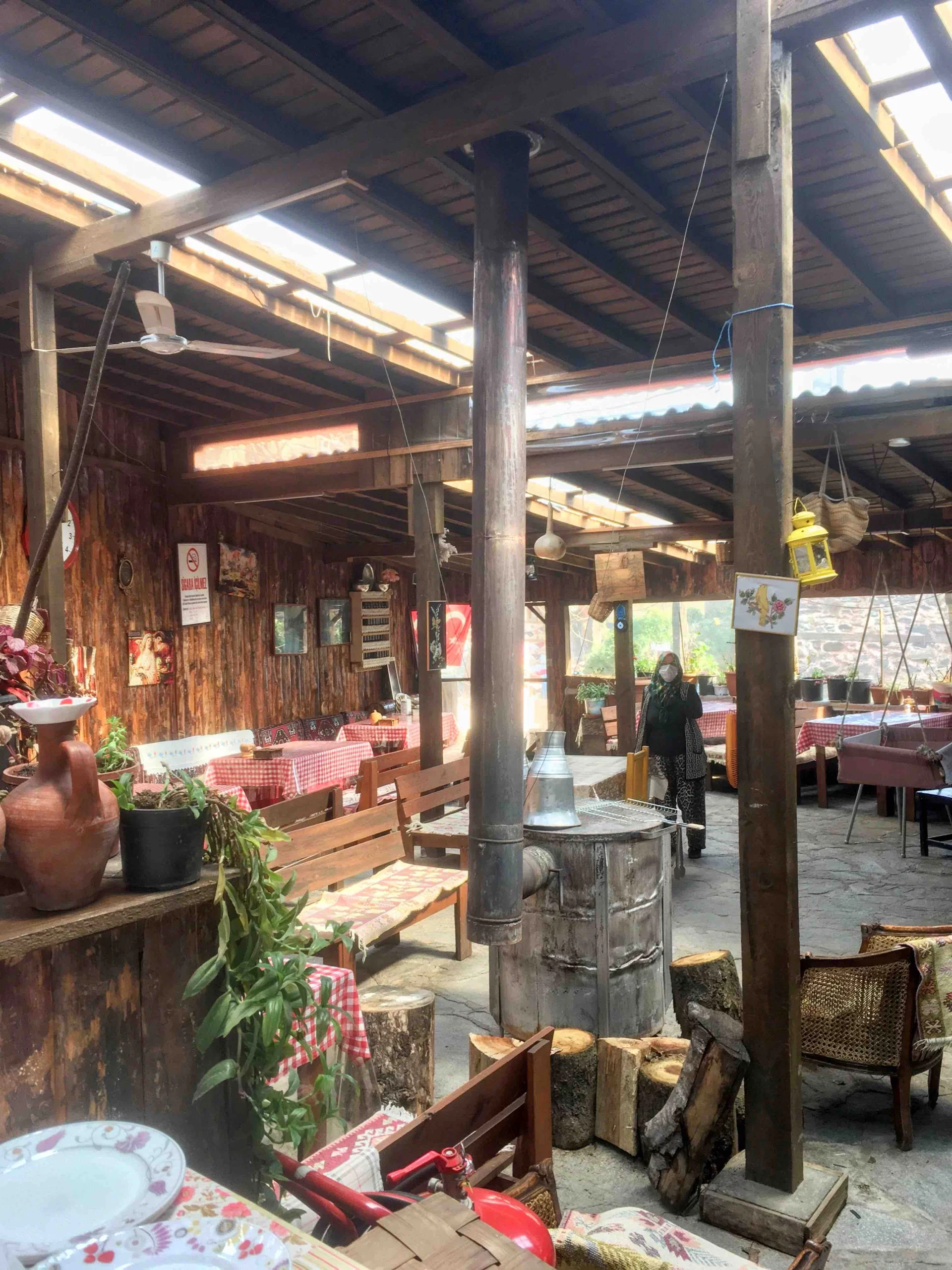

The Inkaya Plane Tree
The Çınar Ağacı, or plane tree, is a revered symbol of the Ottoman Empire’s grandeur.
History of the İnkaya Plane Tree
Legend has it that Osmangazi dreamt of a tree sprouting from his chest. This tree would eventually grow to cover three different continents, just like its descendants did. As the Ottomans conquered new lands, they would plant a plane tree near a water source. Therefore, these trees hold immense historical significance in Turkey, particularly near mosques and other significant sites.
These plane trees grow to be incredibly large and old, often spanning hundreds of years. They are easily recognisable by a metal plaque bearing a number, as they are registered and protected by the city. The plane tree’s cultural importance and symbolism continue to endure as an emblem of the Ottoman legacy.
Located just a five-minute drive from Çekirge, on the way to Uludağ mountain, the Inkaya plane tree is a must-see destination. This ancient tree, estimated to be over 600 years old, is one of the oldest trees in the country.

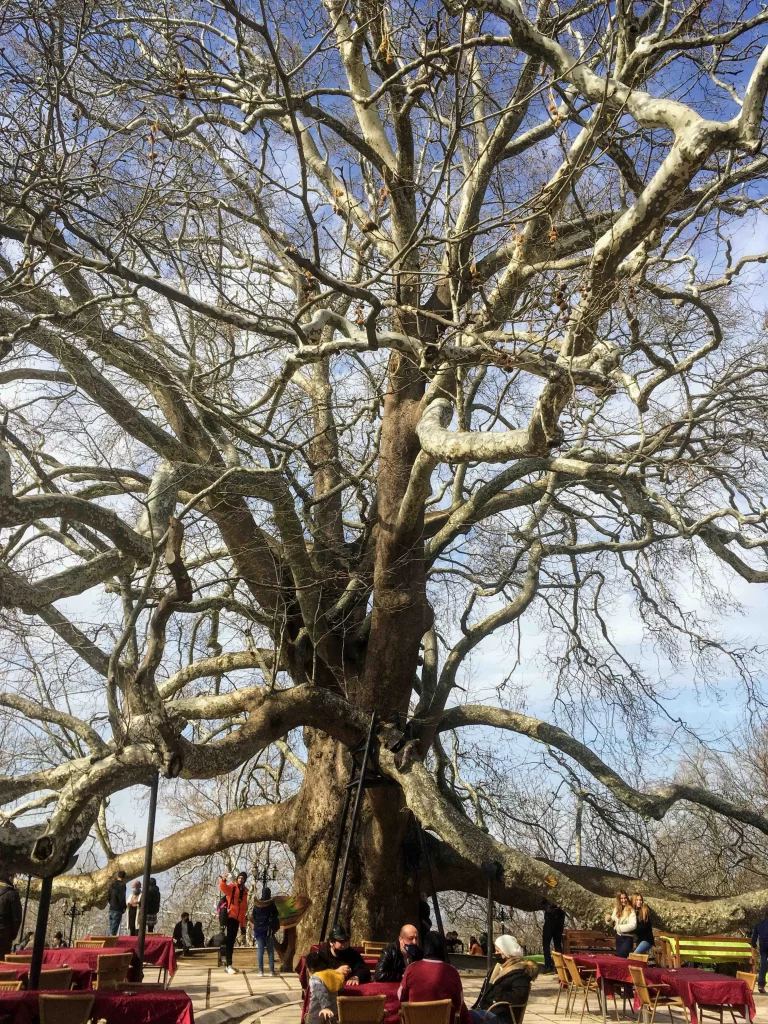

Cafés and Local Life Around the Tree
Visitors can enjoy the tranquil surroundings of the nearby stream while savouring traditional Turkish tea and breakfast. This includes a scrumptious fruit salad, topped with cream, honey, and nuts, which I highly recommend. The fresh, delicious fruits are simply irresistible.
The area features souvenir shops and fruit stalls, and two car parks are available, one opposite the village entrance and another next to the tree for easy accessibility for visitors arriving by car. A visit to the Inkaya plane tree is an excellent addition to any itinerary.
In conclusion, Bursa is a city that boasts a rich history, stunning architecture, and natural beauty. From the Ottoman-era landmarks to the lush forests and villages, there’s no shortage of things to see and do in this city.
The 10 sites we’ve covered in this blog post are just a taste of what Bursa offers. Bursa is definitely worth a visit. So pack your bags, grab your camera, and get ready to explore this fascinating city. If you are travelling with children, you can check my post on “Bursa for Kids”.

